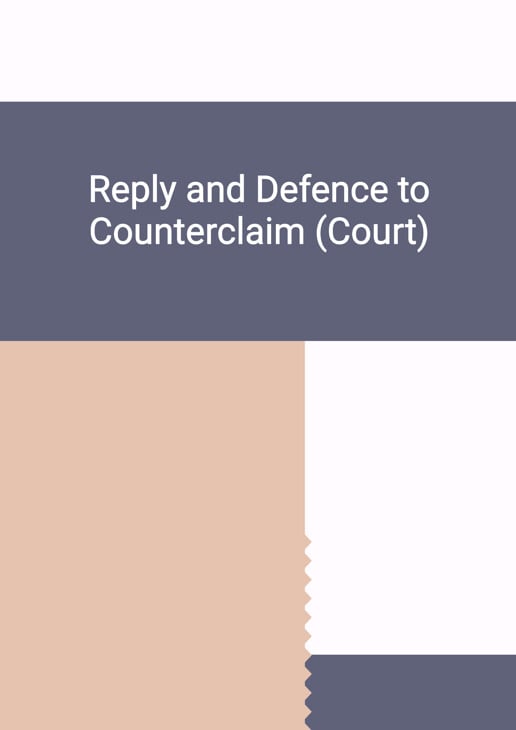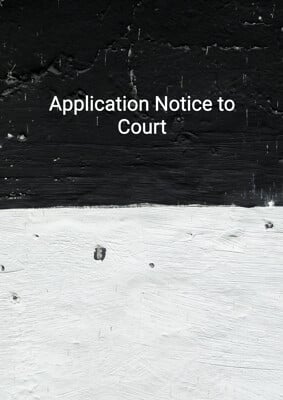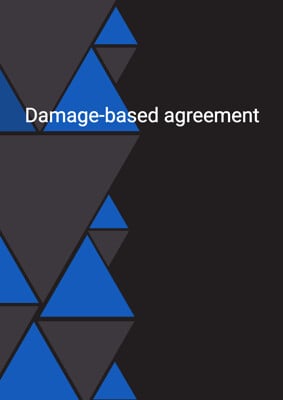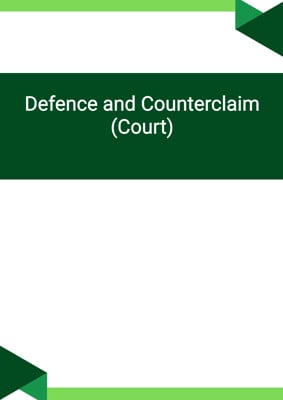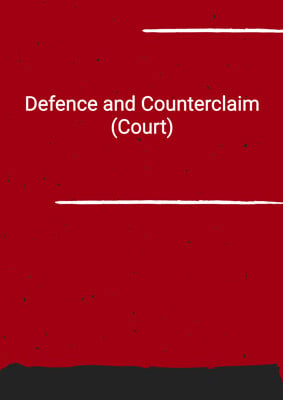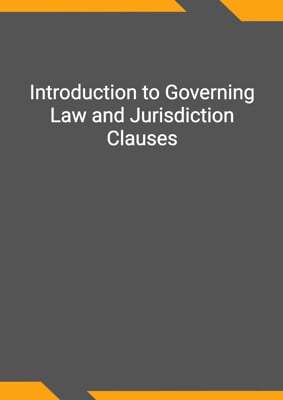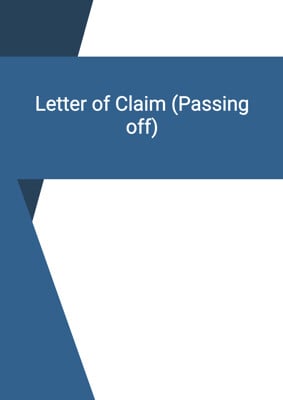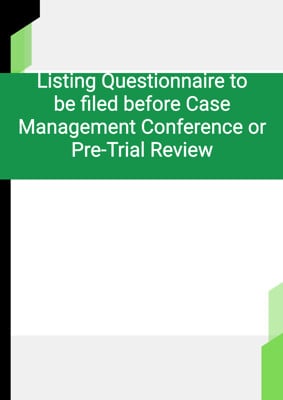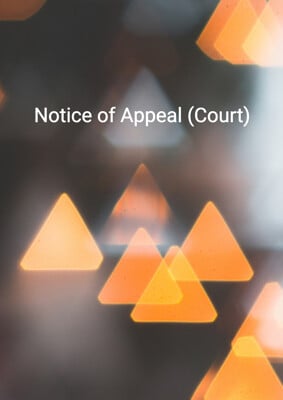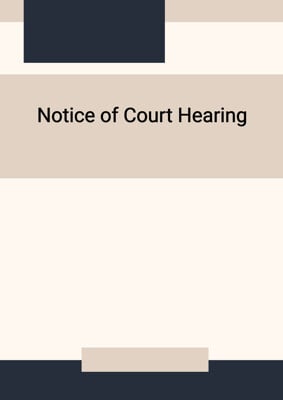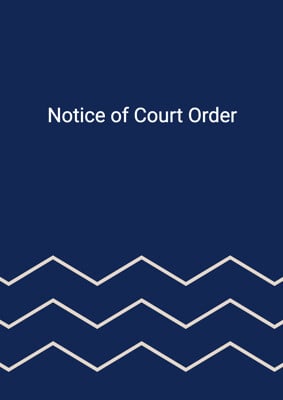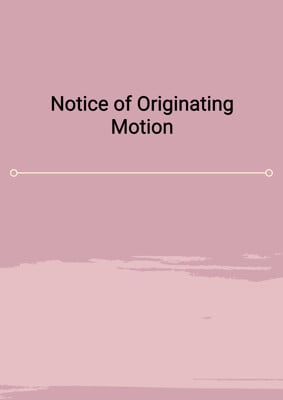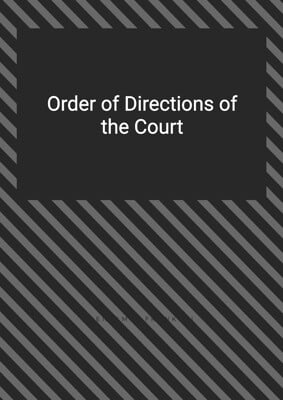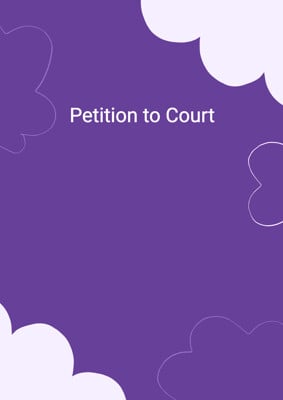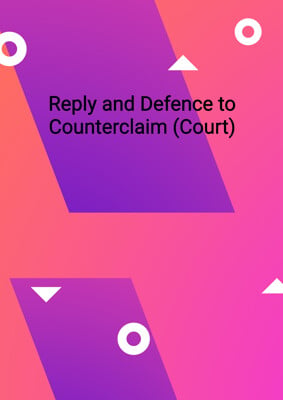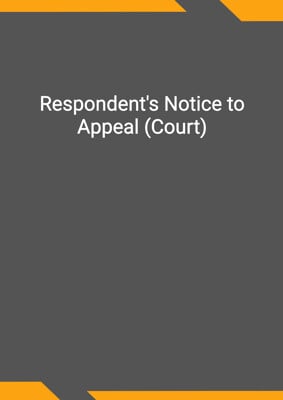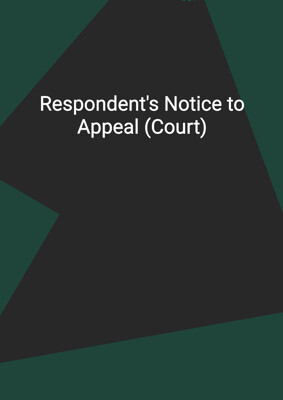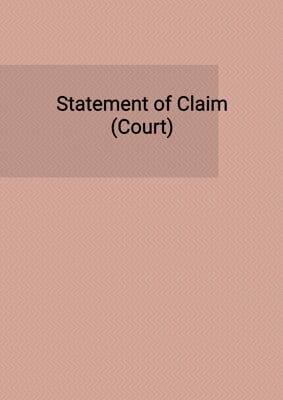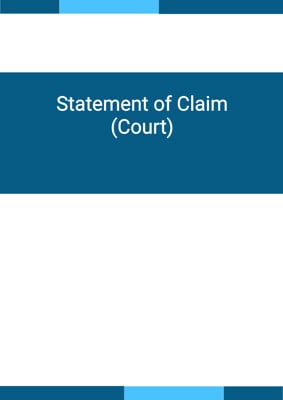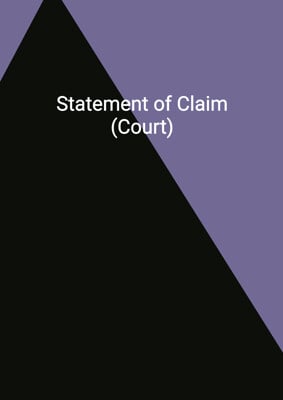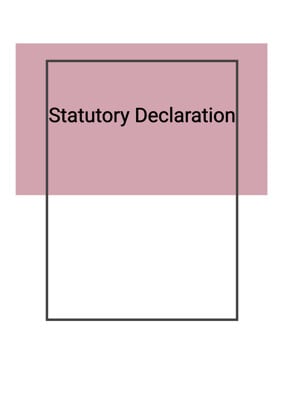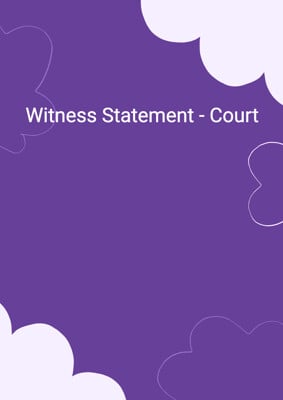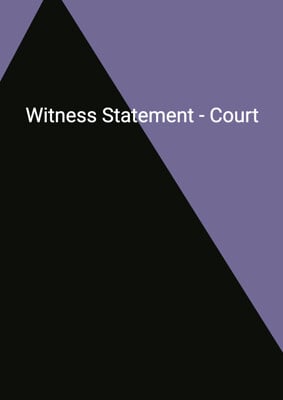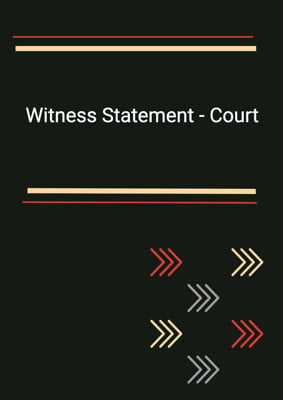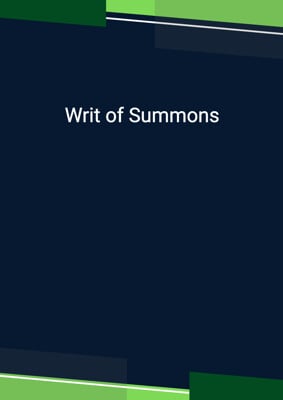How to Tailor the Document for Your Need?
01
Create Document
Click "Create Document" button and the document will be prepared with your account details automatically filled in.
02
Fill Information
Please fill in any additional information by following the step-by-step guide on the left hand side of the preview document and click the "Next" button.
03
Get Document
When you are done, click the "Get Document" button and you can download the document in Word or PDF format.
04
Review Document
Please review the document carefully and make any final modifications to ensure that the details are correct before publication / distribution.
Document Preview
Document Description
The document titled 'Reply and Defence to Counterclaim (Court)' is a legal document that is used in court proceedings to respond to a counterclaim made by the defendant. It is of utmost importance as it allows the plaintiff to present their arguments and defenses against the counterclaim, ensuring a fair and just resolution of the case.
The entire document is divided into two main sections: the 'Reply' and the 'Defence to Counterclaim.' The 'Reply' section addresses the defendant's defense and admissions, while the 'Defence to Counterclaim' section specifically responds to the counterclaim made by the defendant.
In the 'Reply' section, the plaintiff joins issue with the defendant on specific paragraphs where both parties agree on the defense, except for admissions. The plaintiff admits the truth of certain paragraphs that relate to them. However, they deny the paragraphs that allege faults of the plaintiff on the quality of goods or failure to follow instructions.
The 'Defence to Counterclaim' section begins by admitting a specific paragraph regarding the plaintiff's failure to pay the defendant. However, the plaintiff avers that the product supplied by the defendant had no value and the consideration for it has wholly failed.
The document also includes a 'Particulars' section, where the plaintiff explains why a certain clause in the agreement fails to satisfy the test of reasonableness required by common law. They argue that the defendant, being a large and powerful company, had an advantage over the plaintiff, who is a small private company. Additionally, they claim that the agreement was printed in small font, making it difficult for the plaintiff to read and be aware of the clause.
Overall, the document provides a comprehensive response to the defendant's defense and counterclaim, presenting the plaintiff's arguments and defenses in a clear and detailed manner.
How to use this document?
To effectively use the 'Reply and Defence to Counterclaim (Court)' document, follow these steps:
1. Read the defendant's defense and counterclaim carefully to understand their arguments and allegations.
2. Identify the paragraphs where both parties agree on the defense. Join issue with the defendant on these paragraphs, except for admissions.
3. Admit the truth of the paragraphs that relate to you and your actions.
4. Deny the paragraphs that allege faults on your part, such as the quality of goods or failure to follow instructions.
5. In the 'Defence to Counterclaim' section, admit the plaintiff's failure to pay if applicable. Then, assert that the product supplied by the defendant had no value and the consideration for it has wholly failed.
6. In the 'Particulars' section, explain why a specific clause in the agreement fails to satisfy the test of reasonableness. Highlight any power imbalances, lack of specialist knowledge, or unfair terms.
7. Ensure that the document is dated correctly and filed with the court.
8. Provide your name and address for service.
By following these steps, you can effectively respond to the defendant's defense and counterclaim, presenting your arguments and defenses in a clear and concise manner.
